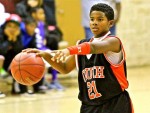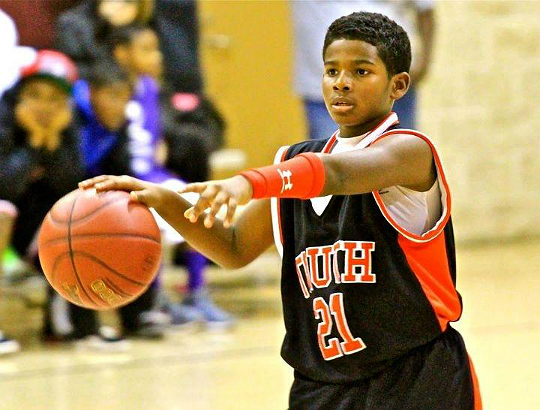
 Summer vacation gives children a break from schoolwork, but for many, their participation in sports will continue in warm weather months. Parents, coaches and players need to keep injury prevention in mind to ensure sports stay safe and fun throughout the summer.
Summer vacation gives children a break from schoolwork, but for many, their participation in sports will continue in warm weather months. Parents, coaches and players need to keep injury prevention in mind to ensure sports stay safe and fun throughout the summer.
In a new survey commissioned by Safe Kids Worldwide and Johnson & Johnson, “Coaching Our Kids to Fewer Injuries: A Report on Youth Sports Safety,” parents report one in three kids who play team sports sustain injuries severe enough to require medical attention.
“The report’s findings are particularly alarming because experts tell us more than half of these injuries are preventable,” says Kate Carr, president and CEO of Safe Kids Worldwide. “There is a gap between what we as coaches and parents can do to keep our kids safe and what we’re actually doing. With some simple precautions, we can change these troubling statistics and keep our kids healthy and enjoying the benefits of sports.”
Safe Kids shares some advice for parents and coaches to help kids avoid injury while playing sports this summer:
Before the game begins:
* Give kids a break. The American Academy of Pediatrics (AAP) and the American Orthopedic Society for Sports Medicine (AOSSM) say children should take a two- to three-month break from a specific sport each year to prevent overuse, overtraining and burnout. Yet, the Safe Kids survey found that nine out of 10 parents underestimate the length of time kids should take off from a particular sport. If your child plays soccer from August through May, for instance, switch to a different sport over the summer. Not only will it give your young athlete’s body a break, your child may enjoy discovering a new activity.
* If your child missed her pre-participation physical evaluation (PPE) at the beginning of the school year, take this opportunity to have her checked out. A PPE can uncover underlying conditions and prevent potential medical emergencies. Not sure what the exam should entail? Go to www.safekids.org/sports for a printable copy of the form.
* You probably know it’s important to stretch before physical activity, but did you know you should begin with a 10 minute cardio warm up? A light run, jogging in place and some jumping jacks can help raise the heart rate gradually. Follow up with stretches that work all the major muscle groups, holding each stretch for 20 to 30 seconds.
* Make sure your child wears the appropriate safety and sports gear. All gear should fit properly and be in good condition to help avoid minor and serious injuries.
While in the field or on the court:
- The health impact of concussions on children is drawing attention across the country. The Safe Kids survey found that more than 50 percent of coaches believe there is an acceptable amount of head contact that’s OK during play. The truth is, bumps, blows and hits to the head need to be taken seriously, and parents, coaches and players all need to take preventative steps, including learning about concussions and the policies for their state and/or sports league. Learn the signs and symptoms of concussions at www.safekids.org.
- Four out of 10 parents underestimate the amount of water a typical child athlete needs per hour of play, according to the Safe Kids survey. Kids should drink 30 minutes before they start to play, and every 15 to 20 minutes during physical activity to avoid dehydration.
- Rest is essential. In addition to taking one season away from any given sport every year, kids should get rest breaks during practices and games and take off at least one day from sports activities every week.
- Consider attending a sports safety clinic. Safe Kids offers free Youth Sports Safety Clinics for parents and coaches that teach ways to keep young athletes healthy and injury free. Go to www.safekids.org to find a clinic.
“Culturally, there’s an attitude that injuries are a natural consequence of sports and that good athletes tough it out when they suffer an injury,” says Carr. “But that attitude is hurting our kids. By adopting some basic, proven practices, we can protect our kids and help them stay healthy and active in sports throughout their lives.”







